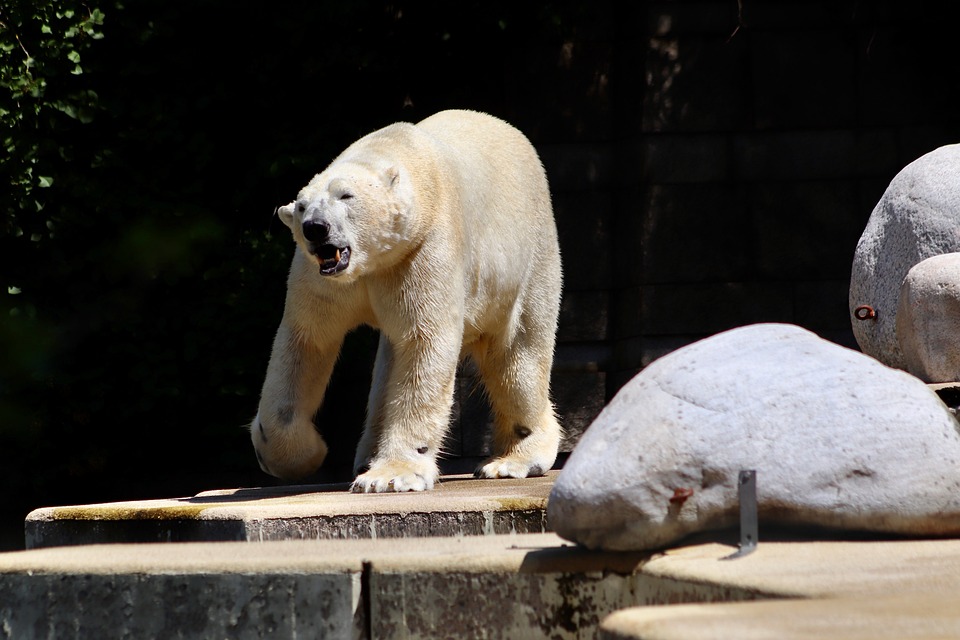What Was The Climate Of The Middle Colonies
Introduction
The Middle Colonies, comprising New York, New Jersey, Pennsylvania, and Delaware, were characterized by a unique climate that significantly influenced their economy and lifestyle. Understanding the climate is crucial as it shaped agricultural practices, settlement patterns, and daily life in these regions.
Understanding the Climate of the Middle Colonies
The climate of the Middle Colonies is generally described as temperate, with distinct seasonal variations.
– Temperature: Summers are typically warm, averaging between 75°F to 85°F, while winters are mild, with temperatures ranging from 40°F to 50°F.
– Precipitation: The region receives substantial rainfall, averaging over 40 inches annually, which is beneficial for agriculture. Snowfall can reach around 20 inches during winter months[1][2].
Compared to other colonial regions:
| Feature | Middle Colonies | New England Colonies | Southern Colonies |
|————————–|————————|————————|————————-|
| Climate Type | Temperate | Cooler | Warmer |
| Summer Temperature | Warm (75°F – 85°F) | Cooler (60°F – 80°F) | Hot (80°F – 90°F) |
| Winter Temperature | Mild (40°F – 50°F) | Cold (20°F – 30°F) | Mild (40°F – 60°F) |
| Annual Precipitation | High (>40 inches) | Moderate (<40 inches) | Lower (<40 inches) |
Seasonal Variations
The Middle Colonies experience four distinct seasons:
– Winter: Cold and snowy, with temperatures often dipping below freezing.
– Spring: Mild temperatures and increased rainfall promote growth.
– Summer: Hot and humid, with temperatures sometimes reaching the 90s.
– Fall: Cool temperatures and colorful foliage mark the transition to winter.
These seasonal changes had a profound impact on agriculture and daily life, dictating planting and harvesting schedules as well as influencing social activities[3][4].
Influence on Agriculture
The climate conditions of the Middle Colonies were particularly favorable for agriculture:
– The region earned the nickname “Breadbasket Colonies” due to its production of staple crops such as wheat, barley, oats, and rye.
– The combination of fertile soil and adequate rainfall allowed for a longer growing season compared to New England, making it ideal for farming practices that supported both subsistence and commercial agriculture[2][5].
Effects on Settlement Patterns
Climate played a significant role in determining where people settled within the Middle Colonies:
– The fertile land attracted settlers to rural areas for farming, while urban centers like Philadelphia and New York developed due to their proximity to waterways for trade.
– The diverse geography facilitated a mix of urban and rural settlement patterns, with cities serving as hubs for commerce and culture while surrounding areas focused on agriculture[1][6].
Climate Challenges
While the climate was generally favorable, settlers faced challenges:
– Natural Disasters: Occasional droughts and floods could devastate crops.
– Adaptations: Settlers developed various strategies to cope with these challenges, such as crop rotation and irrigation techniques to manage water resources effectively[3][4].
Conclusion
The climate of the Middle Colonies was marked by temperate conditions that fostered agricultural prosperity and influenced settlement patterns. Its distinct seasons shaped both the economy and daily life of its inhabitants. Understanding this climate provides insight into how it contributed to the development of one of America’s most productive regions.
FAQs
– What were the main crops grown in the Middle Colonies due to their climate?
The main crops included wheat, barley, oats, and rye. The fertile soil and favorable climate made these grains particularly successful.
– How did the climate of the Middle Colonies compare to other colonial regions?
The Middle Colonies had a milder climate than New England (which experienced harsher winters) but were not as warm as the Southern Colonies. This temperate climate allowed for diverse agricultural practices.
– What challenges did settlers face due to the climate?
Settlers faced natural disasters such as droughts and floods that could threaten crop yields. They adapted by employing various farming techniques.
– How did seasonal changes affect daily life in the Middle Colonies?
Seasonal changes dictated agricultural activities like planting and harvesting. They also influenced social events and community gatherings throughout the year.
– In what ways did the climate contribute to the economic prosperity of the Middle Colonies?
The temperate climate allowed for a longer growing season and diverse crops, which supported both subsistence farming and trade through major port cities like Philadelphia and New York.

Kyle Whyte is a notable scholar and professor at the University of Michigan, holding positions such as the George Willis Pack Professor in the School for Environment and Sustainability and Professor of Philosophy. Specializing in environmental justice, his work critically examines climate policy and Indigenous peoples’ ethics, emphasizing the nexus between cooperative scientific endeavors and Indigenous justice. As an enrolled Citizen Potawatomi Nation member, he brings a vital perspective to his roles as a U.S. Science Envoy and member of the White House Environmental Justice Advisory Council. His influential research is supported by various prestigious organizations including the National Science Foundation, and disseminated through publications in high-impact journals. Kyle actively contributes to global Indigenous research methodologies and education, with affiliations to numerous institutes and societies dedicated to traditional knowledge and sustainability. Recognized for his academic and community engagement, Kyle has earned multiple awards and served in various visiting professorships. His efforts extend to leadership positions on boards and committees focused on environmental justice nationwide.
